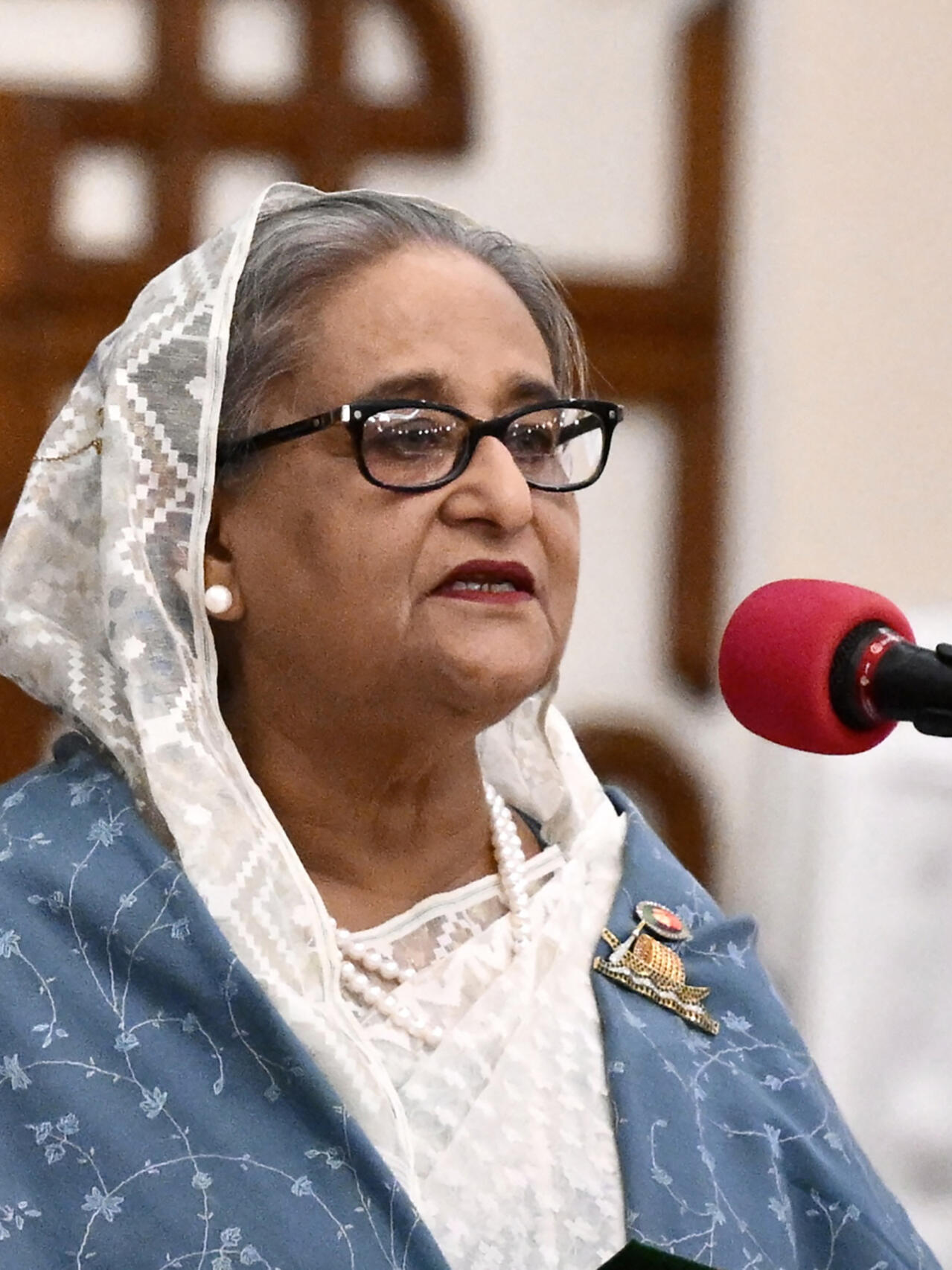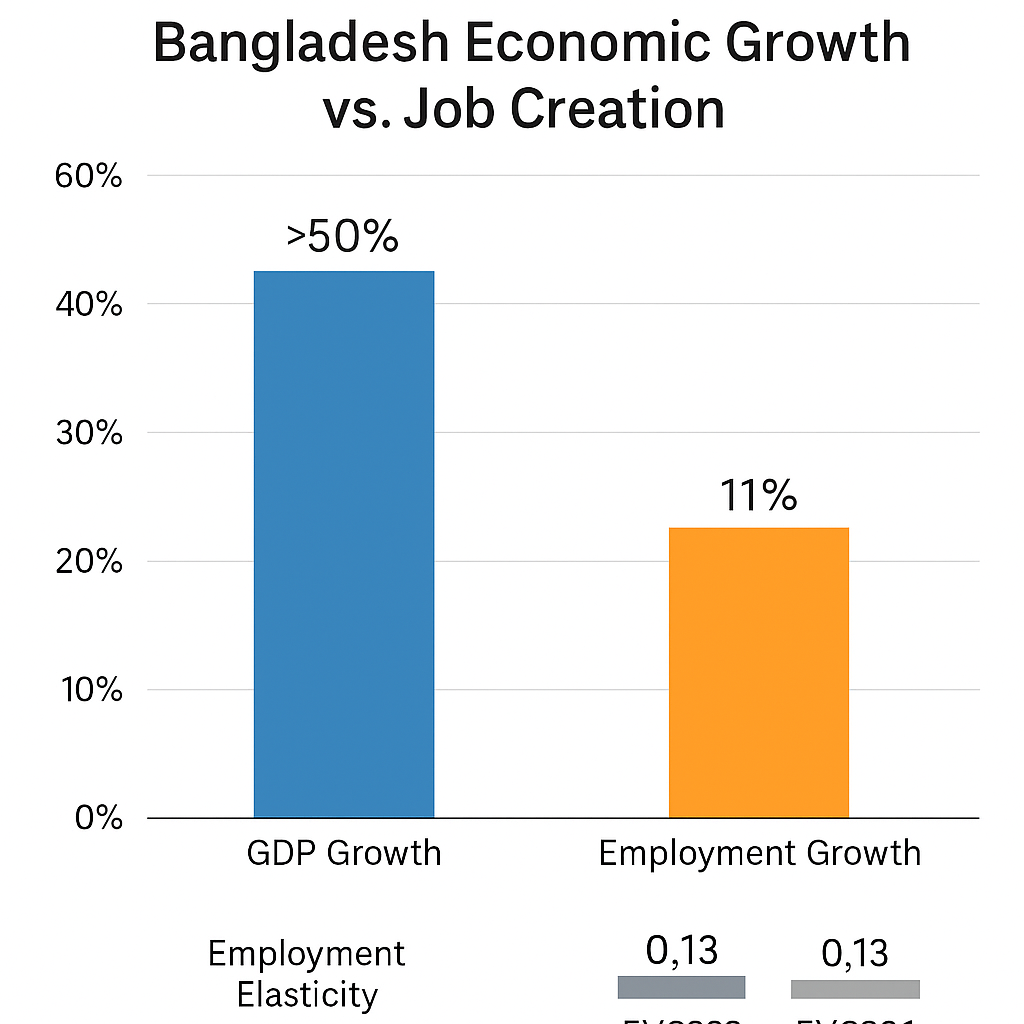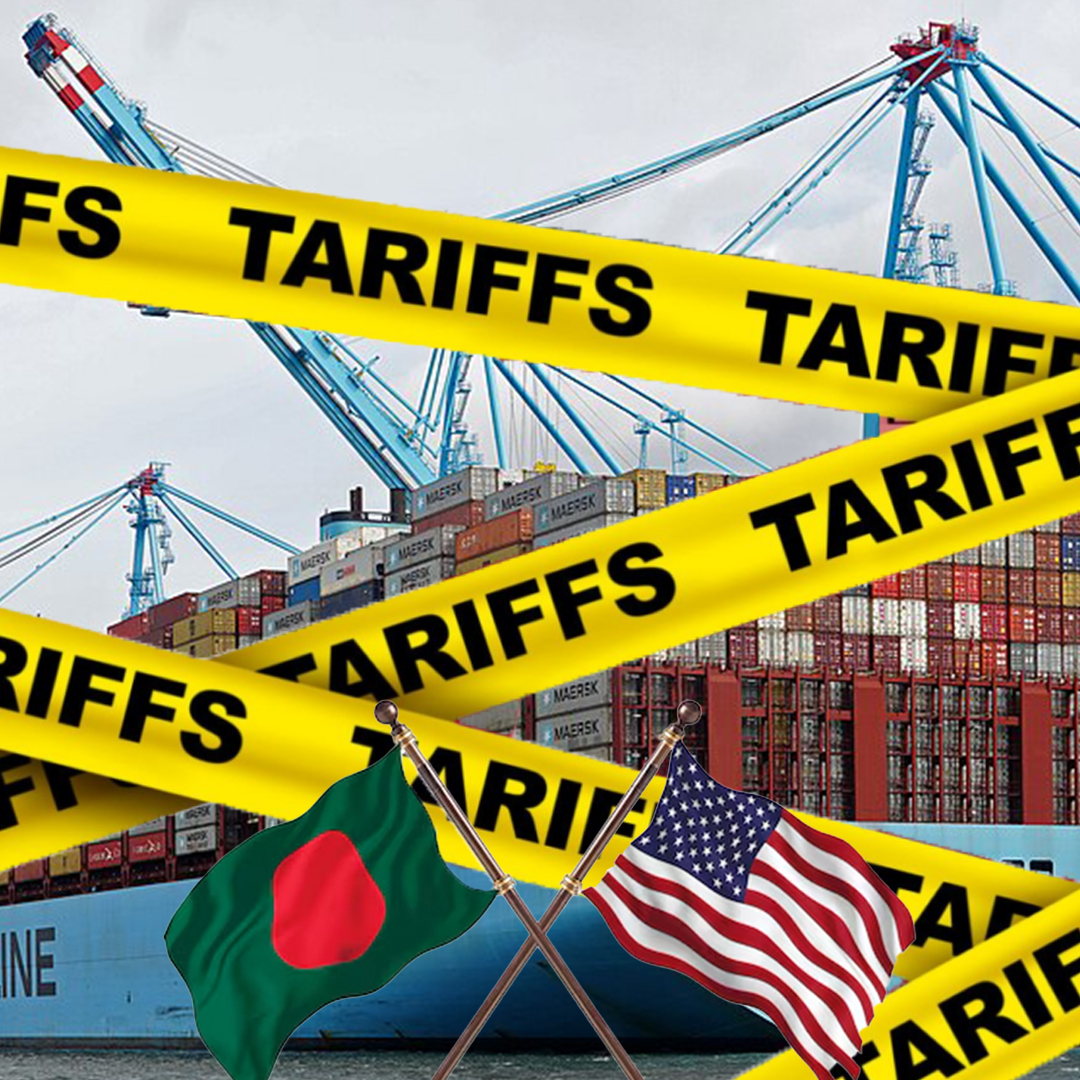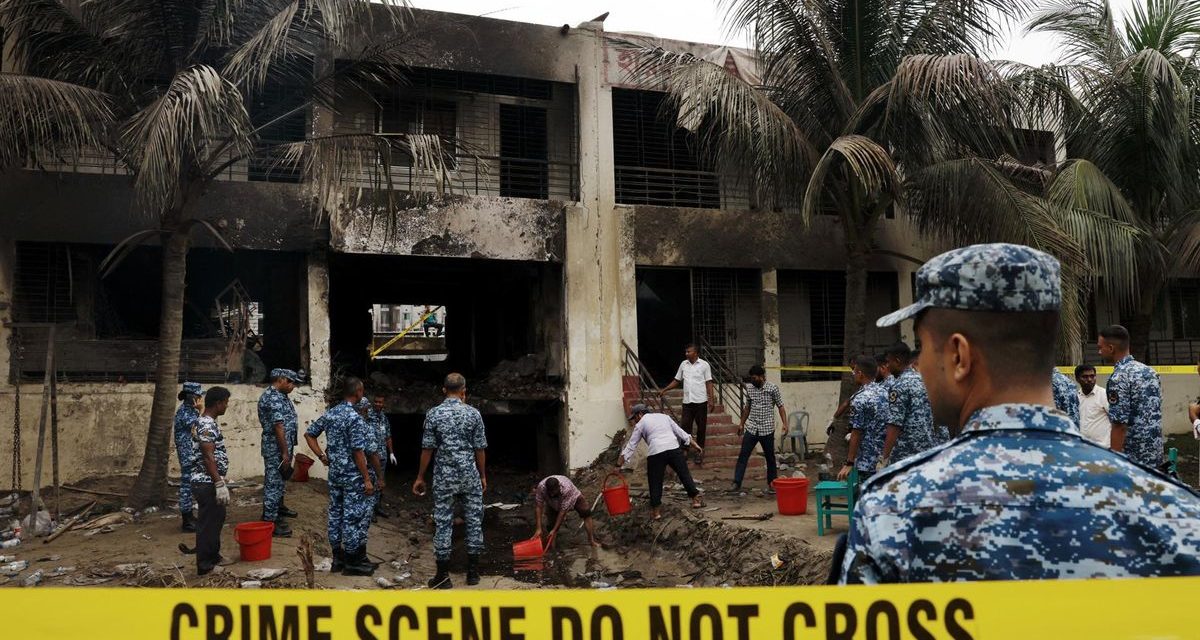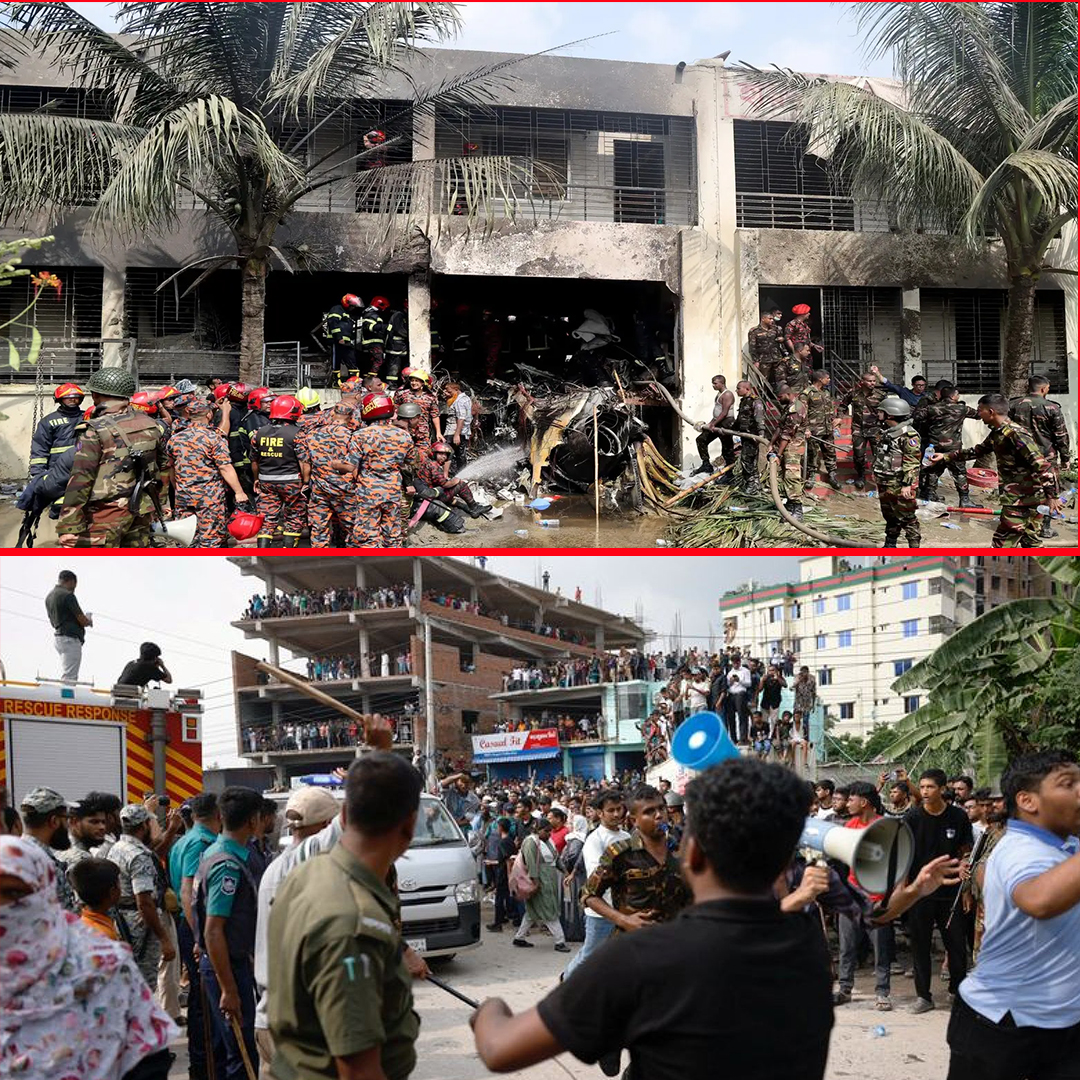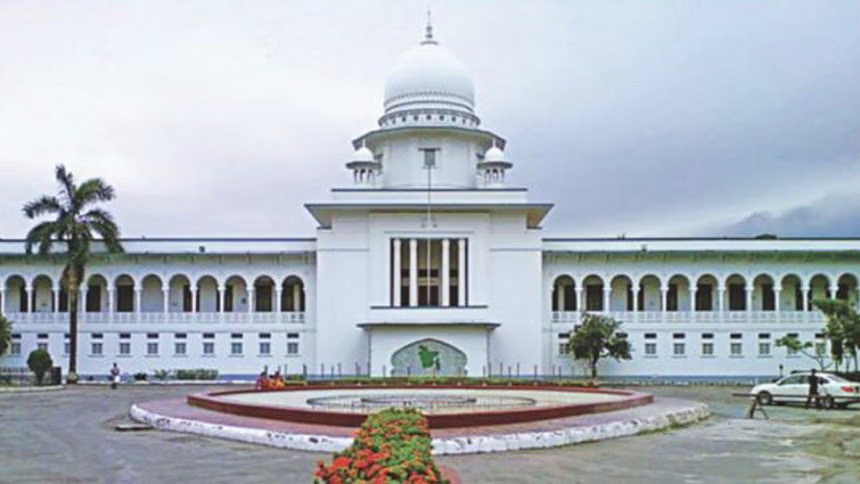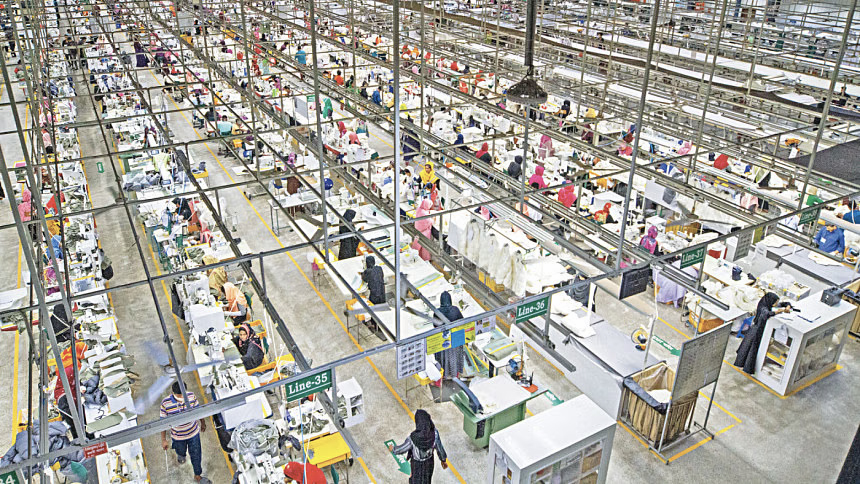
With export orders stalled and production halted, Bangladesh’s garment sector faces uncertainty under upcoming US tariff hike
Chattogram’s garment factories, a crucial component of Bangladesh’s export-driven economy, are facing unprecedented challenges as the United States prepares to raise tariffs on apparel imports from the country. Effective August 1, 2025, the tariff rate on Bangladeshi garments is set to jump from approximately 15 percent to 35 percent, a move that has sent ripples of uncertainty throughout the industry. As the second-largest garment exporter in the world, Bangladesh relies heavily on its ready-made garment (RMG) sector, which contributes over 80 percent of national export earnings and employs more than four million workers, the vast majority of whom are women. For Chattogram, home to hundreds of factories and the country’s key port city, the effects are already being felt on the ground.
Reports from industry leaders and factory owners reveal that orders from major U.S. buyers, including Walmart, Gap, and VF Corporation, are either being delayed, paused, or outright canceled. One significant case involves Walmart, which has put nearly a million swimwear orders on hold due to the uncertainty surrounding the tariff implementation. Factory managers in Chattogram have echoed concerns that many buyers have entered a “wait-and-see” mode, refraining from placing new orders or committing to shipments scheduled for later in the year. This hesitation has created production backlogs and forced manufacturers to reduce output or temporarily halt operations altogether.
Chattogram, which once boasted more than 600 operational garment factories, is now seeing a stark decline in activity. Industry estimates suggest that only about 350 factories remain active as of mid-2025, with at least 76 closures already recorded earlier in the year. Smaller and medium-sized enterprises, in particular, are struggling to stay afloat, lacking the financial cushion to absorb order losses or sudden supply chain disruptions. These closures are not just a loss to the export economy—they represent the loss of income for thousands of families that rely on garment work to survive.
For the workers themselves, the atmosphere is one of growing fear and instability. Many factory employees are already living on modest wages, and the possibility of job loss amid economic uncertainty has heightened anxiety across the workforce. One garment worker in Ashulia, a manufacturing suburb near Dhaka, told international reporters, “For the past few months, everyone is talking about cuts. Every time someone from the office calls me, I think they’re going to tell me I’ve lost my job.” These sentiments are echoed in Chattogram, where workers—most of them women—are deeply concerned about their future, children’s education, and ability to afford essentials if factory closures continue.
The tariff increase has also brought to light the broader competitiveness challenges facing Bangladesh. Unlike some competitor nations such as Vietnam, which is expected to face only a 20 percent tariff on apparel exports to the U.S., Bangladesh remains outside of any preferential trade agreements with the U.S. This means that Bangladeshi goods, though competitively priced and ethically produced, will be significantly more expensive under the new tariff regime. As a result, American buyers are increasingly exploring sourcing options elsewhere, reducing their reliance on Bangladeshi suppliers and potentially triggering a longer-term decline in export volumes.
In response to this looming crisis, Bangladesh’s garment manufacturers and trade officials are engaging in high-level discussions with U.S. representatives. One key proposal under consideration is to increase Bangladesh’s imports of U.S. cotton—a potential bargaining chip aimed at softening the tariff stance. At the same time, manufacturers are attempting to mitigate damage by conserving cash, postponing investments, prioritizing orders for the European market, and urging clients not to transfer the added tariff burden down the supply chain. However, these short-term strategies may not be sufficient to prevent further disruptions unless more permanent trade relief is secured.
The larger implications of this trade policy shift cannot be ignored. Beyond immediate job losses and order disruptions, the tariff hike poses a risk to Bangladesh’s hard-earned reputation as a responsible and sustainable manufacturing hub. Over the past decade, the country has made major improvements in worker safety, environmental compliance, and ethical sourcing—attributes that global buyers have come to value. If price pressures lead to a rapid shift in sourcing away from Bangladesh, these gains could be undermined.
For Bangladesh to navigate this period of instability, swift and strategic action is required. Accelerating trade diplomacy with the United States is critical, as is exploring alternative markets to diversify export destinations. At the same time, efforts must be made to protect workers through social safety nets, emergency wage support, or temporary employment programs. Finally, Bangladesh should continue to market its sustainability credentials and ethical manufacturing practices as a competitive advantage in an increasingly values-driven global apparel market.
As the August 1 deadline approaches, factory owners, workers, and government officials in Chattogram and across Bangladesh await the outcome of trade negotiations with a mix of anxiety and cautious hope. What is clear, however, is that without proactive measures and international cooperation, the fallout from these tariffs could severely impact one of the world’s most vital garment industries and jeopardize the livelihoods of millions
source : thedailystar


